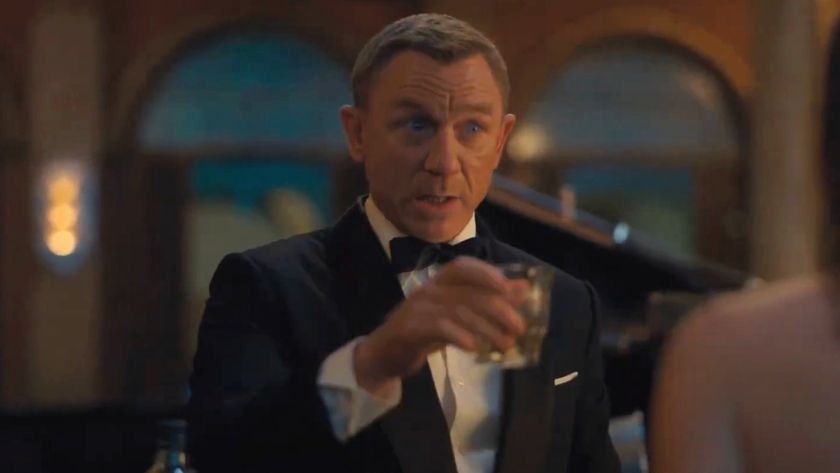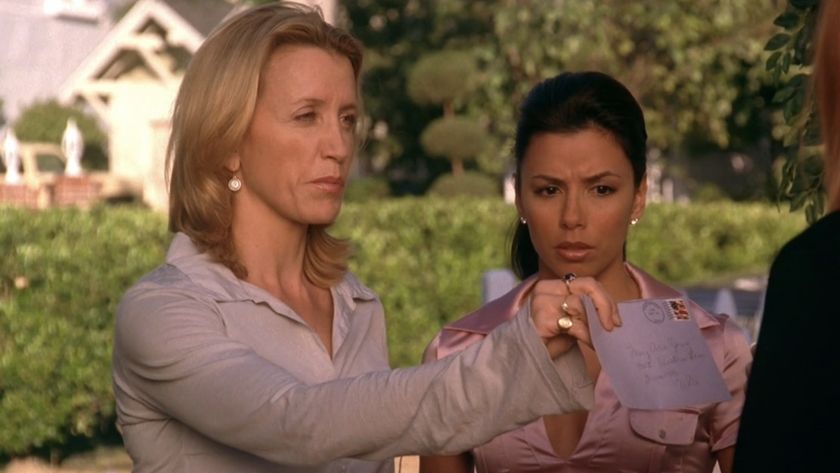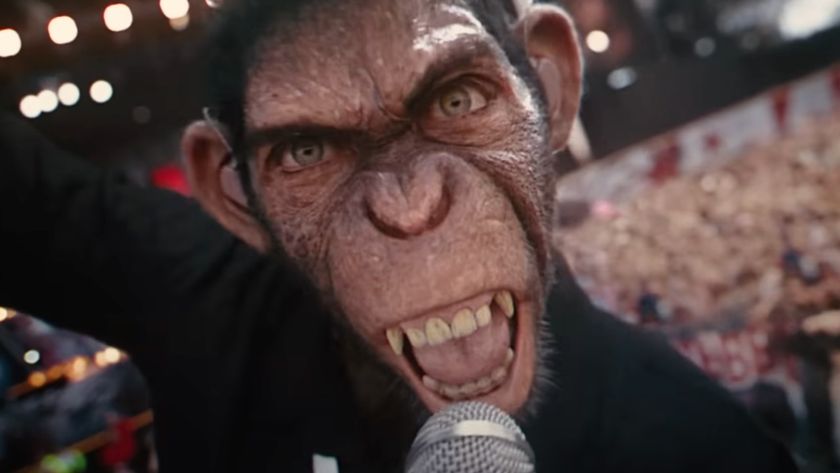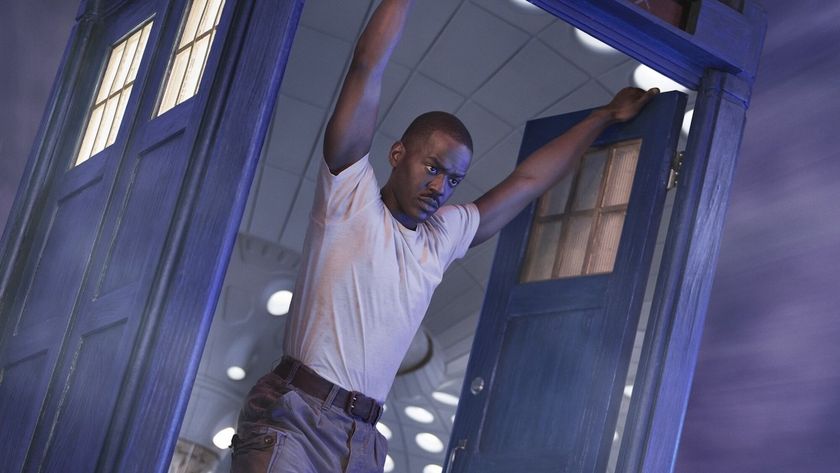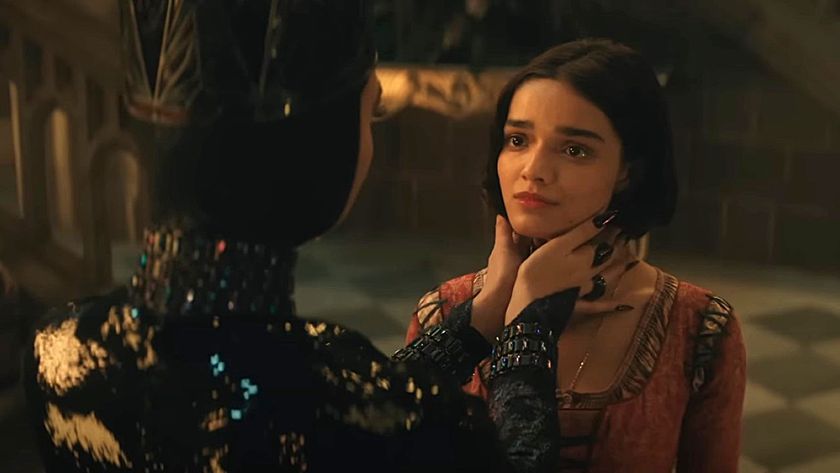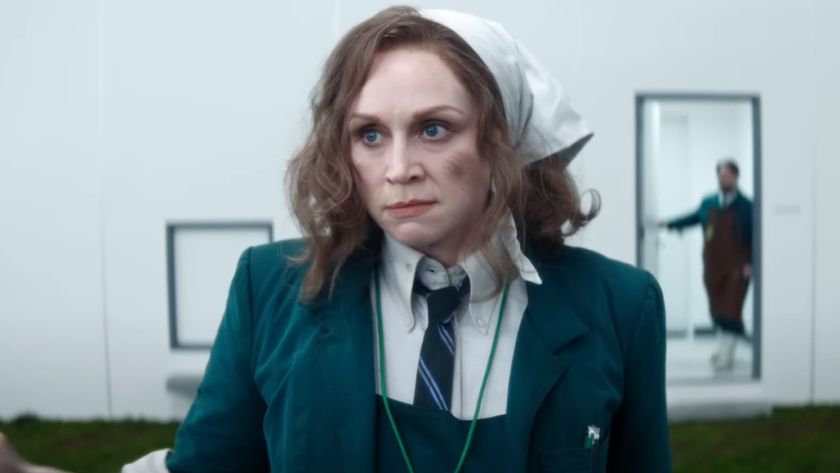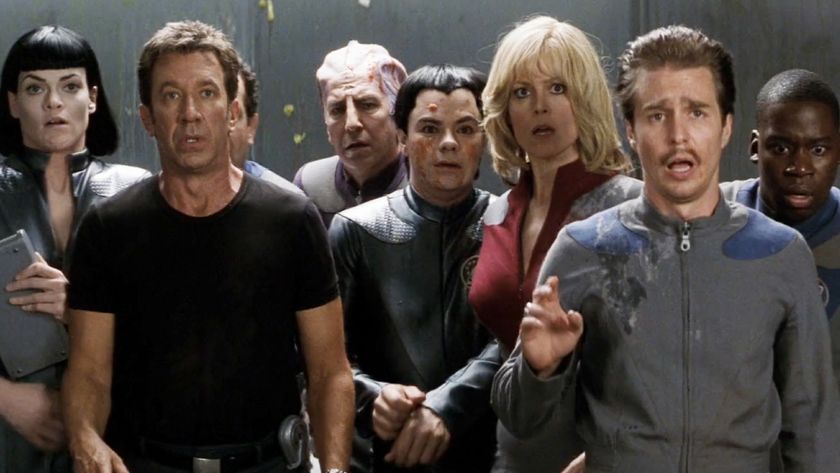5 Big Hobbit Things You Have To Know Before Seeing The Battle Of The Five Armies
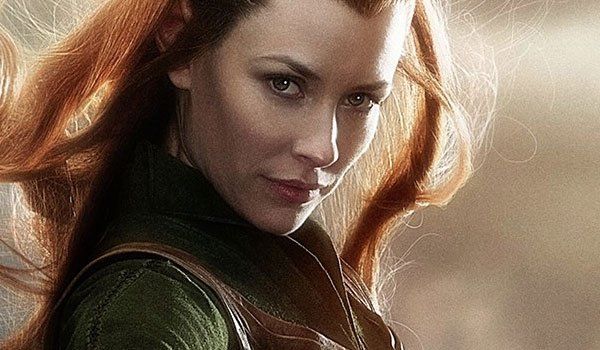
Much like the books they are based on, Peter Jackson’s Middle-earth movies are rather dense films. There’s not only an impressive number of characters to follow and plots to keep up with, but J.R.R. Tolkein also established a world with a full and rich history – and Jackson has worked to try and stay true to as much of it as possible. As a result, the 12-month span between sequels can lead to some details being forgotten – but that’s why we’re here to help.
Having seen The Hobbit: The Battle of the Five Armies, we’ve singled out five key things that you will need to remember from An Unexpected Journey and The Desolation of Smaug in order to follow along with all of the events in the film. This is a totally spoiler-free piece that only covers the events seen in the last two films, so don’t worry about that. Read on!
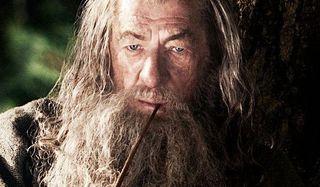
Gandalf’s In Trouble
One of the key ways that the Hobbit films has expanded on the narrative from J.R.R. Tolkien’s novels is by continuing to follow Gandalf as he separates from Bilbo and the dwarfs to investigate the events at Dol Guldur and the activities of a dark sorcerer known only as the Necromancer. As we saw in The Hobbit: The Desolation of Smaug, however, the events of the wizard’s mission do not go exactly as planned, and he winds up being in a good spot of danger as a result.
After following Galadriel’s advice, investigating the tombs of the Nazgul (better known as the Ringwraiths from the Lord of the Rings movies), and finding them empty, Gandalf returns to the dark land of Dol Guldur, but unfortunately gets the surprise of a lifetime. As it turns out, this is where Azog and the rest of the orcs are currently stationed – not to mention the Necromancer, who is revealed to be none other than the evil Sauron. The grey wizard is defeated, imprisoned, and forced to watch as the orcs move on towards the Lonely Mountain.

The Arkenstone Is Everything
When Smaug took over the Lonely Mountain, he truly inherited one hell of a treasure. As seen in both the first and second Hobbit movies, the dwarf-built fortification known as Erebor is home to an incredibly huge stockpile of gold – which is actually what drew the dragon to the land in the first place. But while there are many prizes of great worth in the treasure, there is one piece that has value above all else: The Arkenstone.
CINEMABLEND NEWSLETTER
Your Daily Blend of Entertainment News
Far more than just a piece of gold or a fancy stone, the Arkenstone is a bright, white gem that is seen as the royal jewel of Erebor and the right to own of any dwarf king who presides over it. Reacquiring this stone is the most important thing in the world for Thorin Oakenshield - perhaps even more than slaying the dragon that slaughtered his people. When we last saw The Arkenstone in The Hobbit: The Desolation of Smaug, Bilbo came upon it while sneaking around Smaug’s treasure.
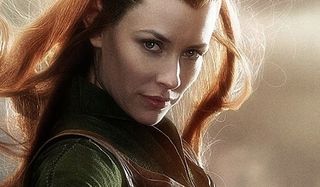
There Is Some Forbidden Love Going On
There are many mystical races in the world of Middle-earth that aren’t too fond of other mystical races, but surely one of the most explored is the bad blood between dwarfs and elves. A light was shined on this conflict in The Lord of the Rings movies through the begrudging friendship between Gimli and Legolas, but it’s represented in a different way in The Hobbit films. Basically it’s a bit of Romeo and Juliet.
In The Hobbit: The Desolation of Smaug, we are first introduced to the wood elf Tauriel (a character not originally featured in J.R.R. Tolkien’s novel) and she winds up developing a connection with the pretty boy dwarf Kili – first helping him during a spider attack and then working to save his life after he is shot in the leg by a cursed arrow. The ideas of elves and dwarfs being in love isn’t something that’s exactly celebrated, but there’s also the added tension that comes from Legolas’ romantic interest in Tauriel, even though his father, Thranduil, has explained that she is too low for him. Speaking of Thranduil’s dickish-ness…
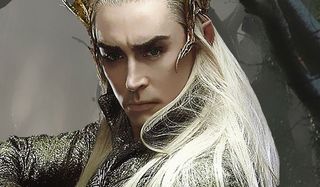
Thranduil Is Kind Of A Dick
We’ve been introduced to many good and friendly elf characters in Peter Jackson’s Middle-earth movies – including Legolas, Tauriel, Galadriel, Elrond and Arwen – but the Elvenking Thranduil is proof that even the race of sprightly, forest dwelling archers isn’t without its individual assholes.
We’ve already touched on how Thranduil’s dickish-ness comes through his negative views on romance that cross class lines, but the truth is that he was being an asshole many, many years before that. After all, he and his army of wood-elves literally stood on a hill outside Erebor and did nothing while Smaug decimated the homeland of the dwarfs. In The Hobbit: The Desolation of Smaug we also see him lock up Bilbo and the dwarfs, only offer to help them for a hefty price of white jewels, and then try to shut his kingdom off from the world when he learns that Sauron has returned. This is not a nice dude, and he has proven that time and time again throughout the course of these movies.
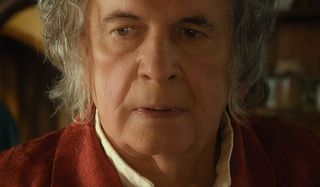
Don’t Forget The Framing Device
When Peter Jackson began work on a big screen version of The Hobbit, one of the key pieces to his whole plan was showing cinematically that the events in the second trilogy all happen within the same continuity as the Lord of the Rings films he made back in the early ‘00s. Part of this involved expanding and further developing plotlines that help link the two stories together (J.R.R. Tolkien’s The Hobbit wasn’t originally written with The Lord of the Rings trilogy in mind), but it also involved the use of a framing device that kicked off the new story two years ago.
Rather than immediately taking us far, far back into the world of Middle-earth, Peter Jackson began The Hobbit: An Unexpected Journey with the return of Ian Holm’s older version of Bilbo Baggins, who meets with his nephew Frodo and begins to write down the epic tale of how he traveled with a group of dwarves to kill a dragon and rescue a treasure and a kingdom. It’s a great start to the series, and one that is ultimately beautifully paid off.
The Hobbit: The Battle of the Five Armies arrives in theaters December 17th.

Eric Eisenberg is the Assistant Managing Editor at CinemaBlend. After graduating Boston University and earning a bachelor’s degree in journalism, he took a part-time job as a staff writer for CinemaBlend, and after six months was offered the opportunity to move to Los Angeles and take on a newly created West Coast Editor position. Over a decade later, he's continuing to advance his interests and expertise. In addition to conducting filmmaker interviews and contributing to the news and feature content of the site, Eric also oversees the Movie Reviews section, writes the the weekend box office report (published Sundays), and is the site's resident Stephen King expert. He has two King-related columns.
